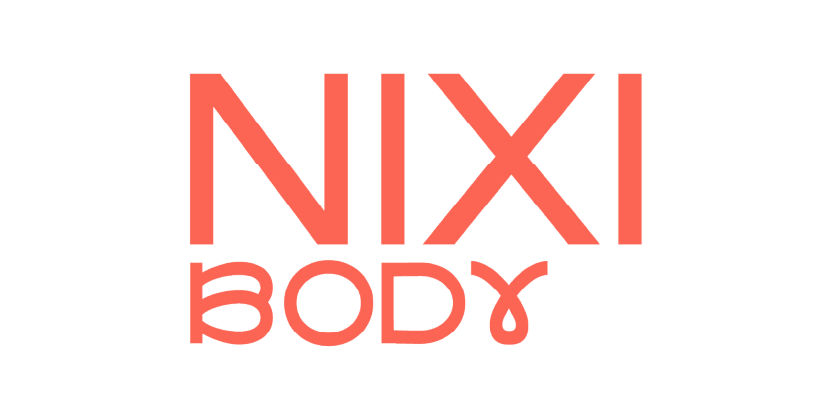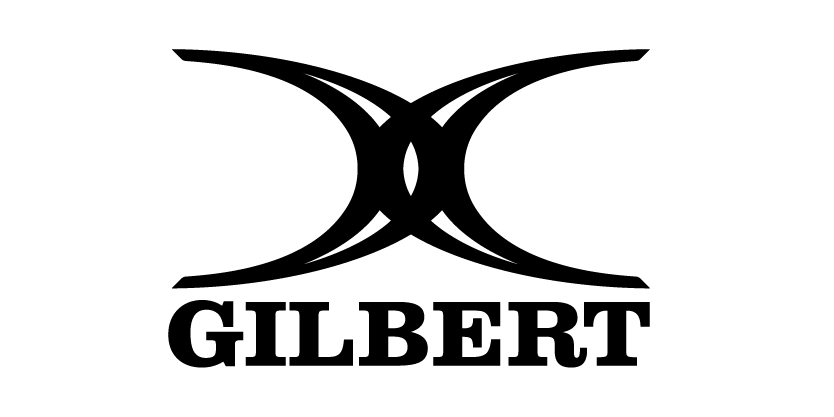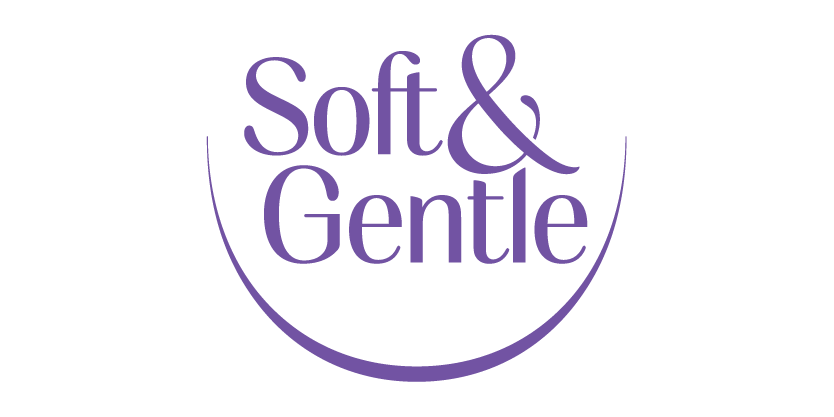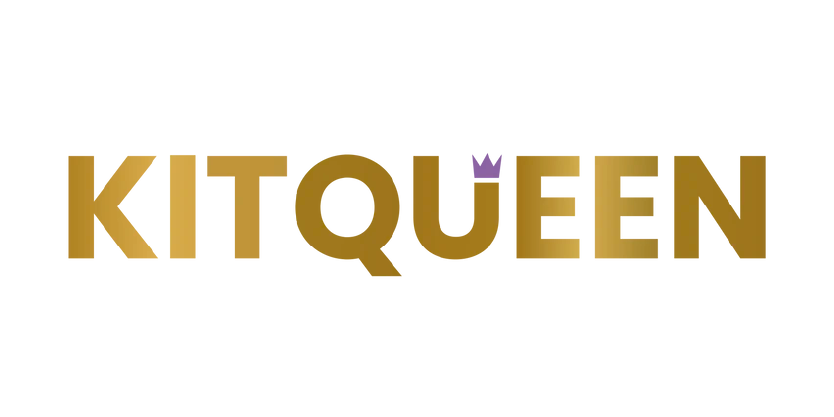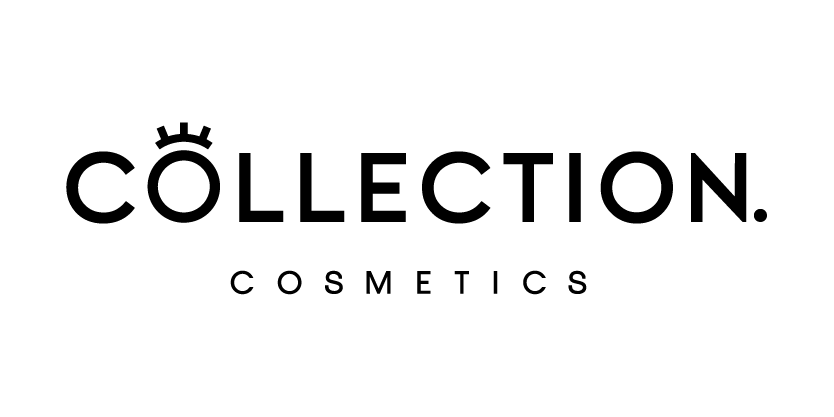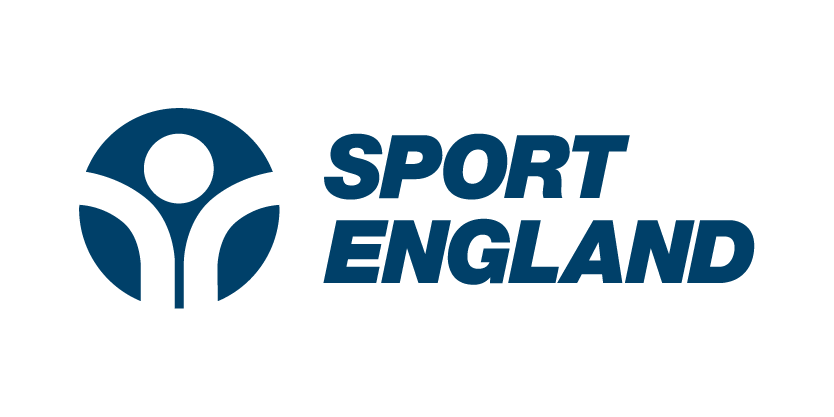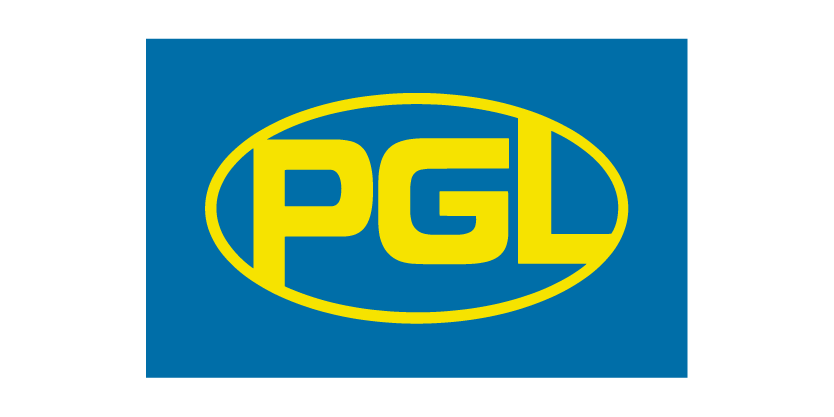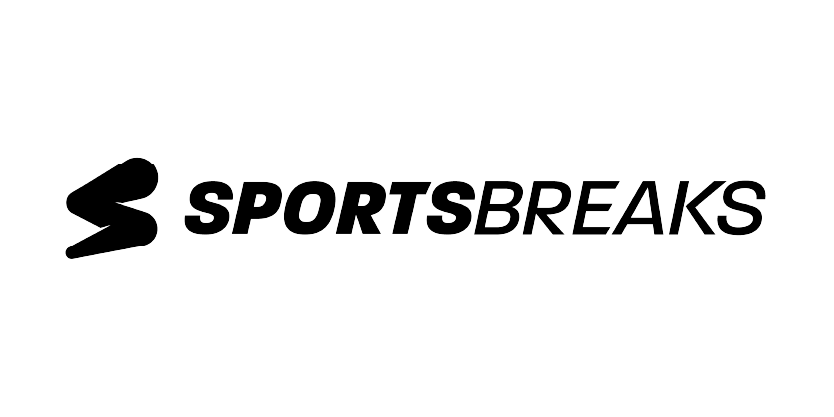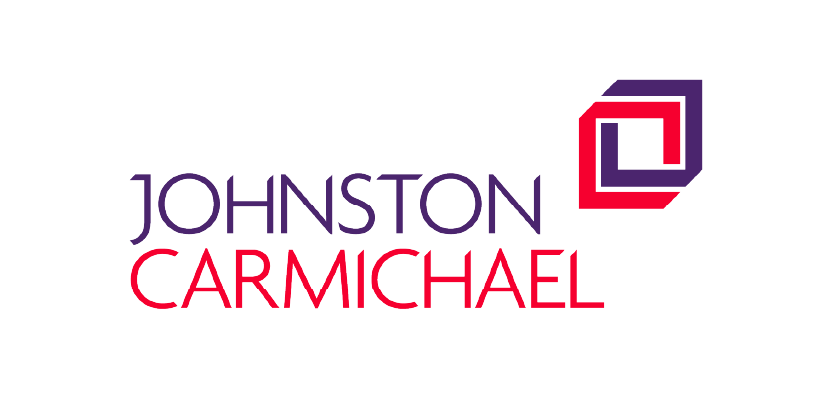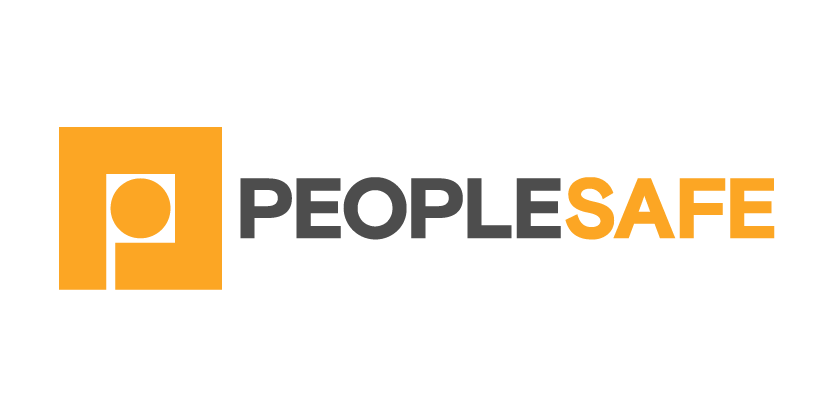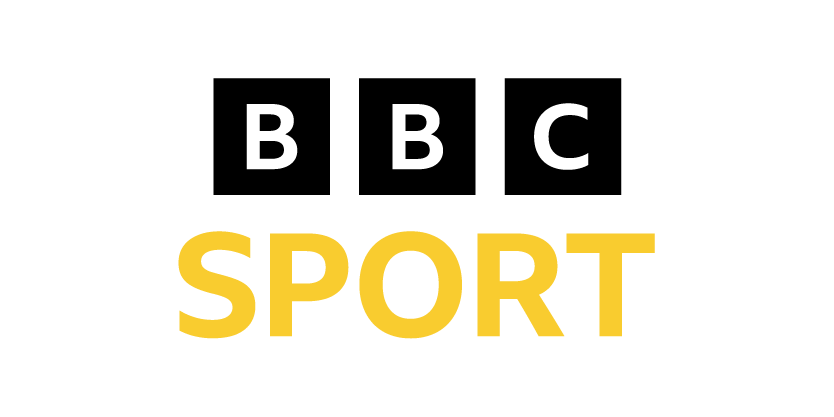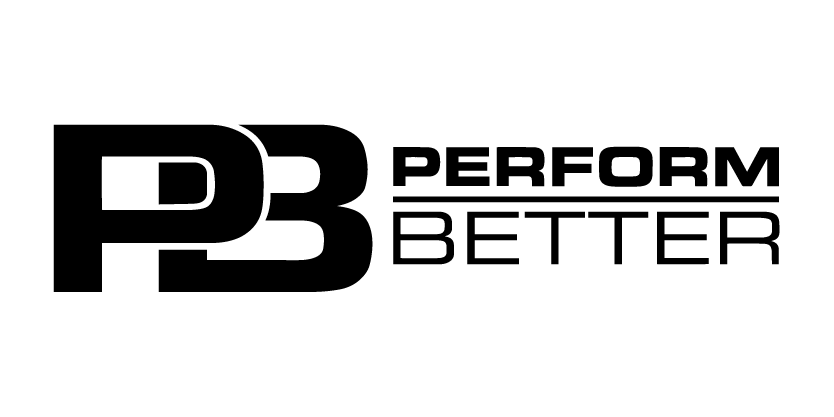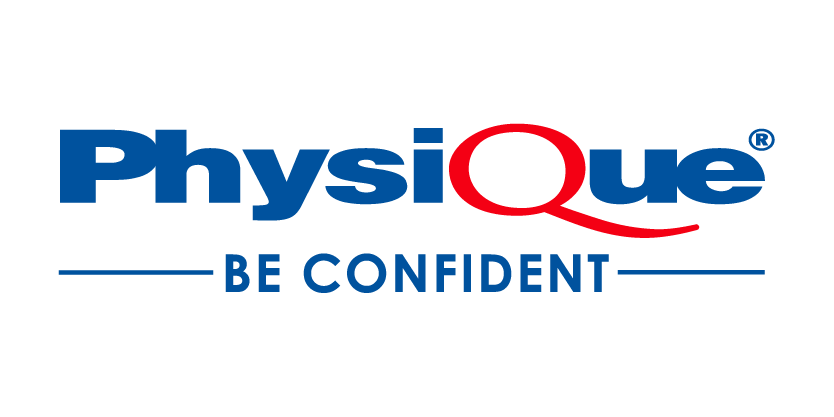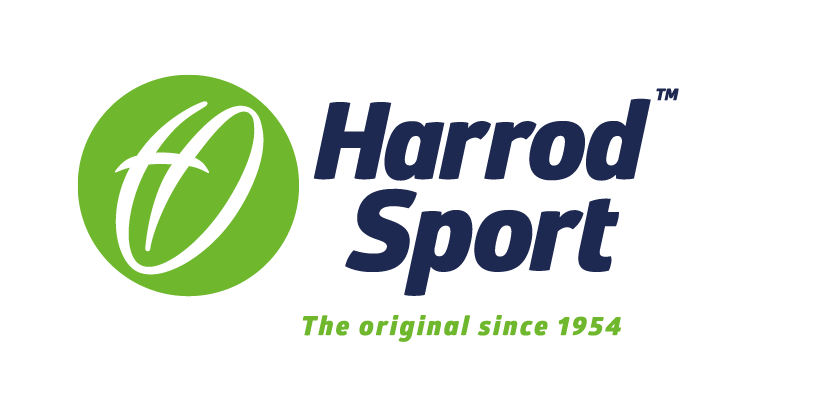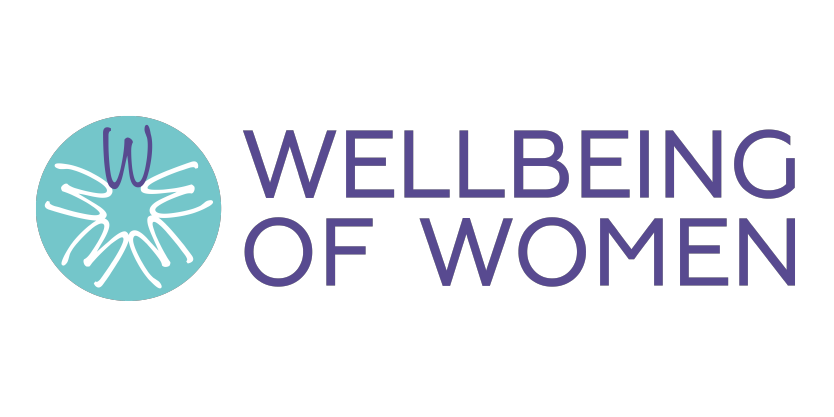Click play for an audio readthrough of this article
A few new rules and some modifications are likely required as you travel life’s injury superhighway.
The things women have to consider to stay injury-free, fit and healthy tend to change as she travels life’s stages. Here we’ll talk about injury resilience during menopause … and if you need the 101 guide to what menopause is we’ve got you covered.
We often describe moving in menopause as a non-negotiable. Exercise is, tried and tested, one of the best natural ways to keep the body firing on all the right cylinders. It’s a foundation for health, fitness, happiness, sleep, contentedness … the list goes on.
But that doesn’t mean active women can continue as they always did. A few new rules, and some modifications, are most likely required given menopause is …
Life’s injury superhighway
During perimenopause, ongoing bodily and hormonal changes are, or at least seem to be, purpose-built to increase a woman’s risk of injury.
This isn’t said to scare – there are solutions and measures we can take – but women in or approaching menopause have to learn to tune into the body with more purpose to reduce the risk of injury and to generally stay in good shape.
Many of the risks that crash into play during menopause are the result of hormonal changes, which you can read more about here. Declining levels of oestrogen, for example, triggers a weakening of women’s muscle strength and bone density. Women’s declining testosterone (yes, we have it too) is a further accelerant in this unfortunate mix.
Altogether it’s a double / triple whammy for injury risk: weaker muscles can’t cope with as much, so the risk of overshooting (versus what you could previously cope with) is very real. And as muscles now offer less protection, those weaker bones and joints are more exposed now than they were. Hence midlife women are more likely to get hurt and to pay a higher price in terms of pain, damage and recovery time.
The stress of stress
The activity of the stress hormone cortisol is also relevant here. Perimenopause is a stressful time, inside and out. Externally, midlife women are busy with lots to do and, internally, their cortisol levels are spiking.
During perimenopause chemicals are pulsing, the body is changing, anxiety is spiking and sleep may be suffering. Cortisol is a cause and an effect of all of the above. A vicious cycle, as it were. And the result is stress stress stress.
You probably know this, but exercise stresses the body. That’s sort of what it does. Exercise inflames the body, damages muscles and (for a short time) degrades the body’s immune system. In the normal run of things, you’ll recover fitter, stronger, and more toned but this isn’t the normal run of things.
The body is already inflamed, stressed and vulnerable. Overdo it on the exercise without taking the warm-up / cool-down seriously and you’ll throw another big pile of stress into the body. With that, it’s imperative that perimenopausal women approach exercise in the right way so the extra exercise-stress can be dealt with and not just add to the ball.
There are time-tested ways to approach exercise to kill stress as much as possible.
Pelvic floor dysfunction
By now you know there’s a lot in a pelvic floor. It’s one of the body’s most underappreciated power centres and, by midlife / menopause, there’ll almost certainly be problems; given the years of wear and tear and the current (im)balance of hormones.
Even if you haven’t had kids or have never before experienced pelvic floor issues, they can suddenly hit during perimenopause. If and when they do, women often find they can’t freely do the same things they always did without their pelvic floor grumbling. It can be a hugely unsettling place to be.
We’ve a lot of content dedicated to the midlife pelvic floor but suffice to say it needs a lot of TLC if you’re to stay comfortable and active, and keep embarrassing / debilitating issues to a minimum.
The ground zero solution is pelvic floor exercise. It’s not sexy but it’s effective. Do the exercises daily, and if you don’t notice improvements after 4-6 weeks then engage a Women’s Health Physio through your GP or through the NHS Squeezy App.
And as well as pelvic floor exercise, a strong antidote to pain or dysfunction is learning new exercise techniques. A simple starting point is learning to breathe in the right ways at the right times. To explore this then seek help from a coach or personal trainer who, ideally, is experienced / qualified to work with midlife women.
From problems to solutions
A woman’s injury risk shoots up during menopause. It’s unfortunate but it’s true. We have articles dedicated to mitigating those risks in the Menopause section of NETBALLHer so it’s definitely worth a jaunt over there.
For now, we’ll focus on three key things to give your body its best chance of staying injury-free – and otherwise healthy – in menopause.
- Strength training
Strength training is perhaps the simplest way to stave off midlife muscle decline. Strength training means your body will stay robust in the face of starker risks and, incidentally, it can reduce your chances of both hot flushes and prolapse.
In actual fact, this is forever advice. Women’s muscles go into decline from the age of 30 (give or take) and muscle mass can decrease by as much as 8% per decade. So strength training is better folded into your regime sooner rather than later in order to protect your muscle mass and tip the body’s composition in favour of muscle versus fat.
We know that many women, particularly women in midlife, feel intimidated by strength training. They assume it has to mean lifting weights and resistance exercise. It doesn’t.
Strength training can be easily done at home with a few household props. So if you’re nervous about the idea of doing it in public, look for a low impact strength workout online (there are hundreds) and do it in your own space to complement your work on the court.
Rule of thumb: as long as it’s a challenge, and feels like hard work, home workouts can do the job.
Still on strength training, we have to talk about recovery too. In midlife we need to be very conscious to build recovery into our week to give the body the rest it requires to respond to the training stimulus we give it. In midlife, more and longer recovery is required.
Too little rest and time for recovery creates a stressed out (biologically and emotionally) body that’s more inclined to break down, rather than build up.
- Warm up and cool down
Labouring the point now, but the midlife body is riddled with stress before it even steps foot on a court, or in a gym. We have to exorcise (as in get rid of) that stress prior to activity and the best way to do that is through a long, thoughtful, concentrated warm-up.
During our younger years we probably all skipped a warm-up or three. It can seem like the most dispensable part of a netball training session, especially if you’re running late or need to leave early …
But doing this in midlife carries too many risks. A flowing warm up – perhaps one built on stretching or dancing – that gradually builds in intensity will get the body ready to move, train and perform brilliantly. It’s a non-negotiable with rules attached.
Ditto, a cool-down at the other end is just as important. It’s tempting, once netball practice or gym class ends, to instantly hop in the car, or jump on the bus back home … but without tapering off you have another sure-fire way to leave a big pile of unprocessed exercise stress inside the body.
If time’s a factor then consider stopping your session early to focus on the cool-down. If time’s on your side then why not walk or cycle home. You’ll gently elongate your session and taper down nicely from your activity peak. Walking, stretching and deep breathing are your friends come the end of a session – they’ll help you leave your stress at the gym, where it belongs.
- Nutrition
Fancy a video on this subject? Baz and nutritionist Dr Mandy Leonhardt have you covered.
But for now some quick take-aways (no pun intended) to guide you on nutrition and menopause, and how food can help keep the body as injury free as possible.
There’s a prevailing attitude that midlife’s hormonal upheaval and a declining metabolism make weight gain inevitable. There’s a degree of truth to this as weight displacement (around stomachs and bums) can be pretty common in midlife.
But even so, nutrition is still one of our top allies in staying fit and healthy, and keeping injury and illness at bay. Protein, for example, is vital for muscle recovery all through life but, even more so in midlife. At this lifestage, women utilise protein less effectively so it’s important to increase your intake.
Rather than consuming it in one big hit, little-and-often protein throughout the day is optimal so it can quickly get to work repairing damaged muscles and, ultimately, bringing the immune system online.
A lot of people hear protein and immediately think meat and dairy … but that’s not all there is. There’s protein to be had in beans, pulses, eggs, quinoa, tofu, nuts and seeds, greens … the list goes on.
At this point, you may be concerned about weight gain and, if so, we suggest you try to take a holistic approach to diet and exercise. Don’t just cut cut cut.
Starvation diets and shorting your calorie needs might work here and there in your younger years but they can have the opposite effect in midlife and may even pave the way for weight / fat gain.
Still with consumables, things like caffeine, sugar and alcohol might seem like a midlife woman’s best friends but it’s important to objectively assess whether these things actually help … or if they’re causing problems.
In midlife our relationships with certain foods can change and we can become more sensitive to stimuli. In midlife, your sleep and stress profiles will probably change and dietary stimulants (you can probably add carbs to the above list) can be massively disruptive.
Any foods that adversely impact your sleep and / or anxiety levels need to be considered cuttable, not least because the implications for injury risk, directly or indirectly, can be significant.
Everything’s connected in midlife
Lastly, remember there are correlations with stress and poor sleep and weight gain. The solutions to weight gain in midlife have to be holistic and, in fact, trying to solve any one issue in isolation is, generally speaking, a hiding to nothing …
From injury to sleep to stress and back again, everything’s connected and that’s doubly true in midlife.
Shortens your stride
Here’s one I love: imagine you’re about to run a marathon. At the start line next to you is an exact clone of you. Her physiology, her training, her pre-race meal … she is similar to you in every conceivable way except one: she’s wearing a well-fitted sports bra and you’re not.
What’ll happen? She’ll finish a mile ahead of you.
A mile!? Yes. Bad-bra-you will compensate for additional breast movement by slightly shortening your stride. Pace by pace the difference is negligible – tiny – yet over the course of a marathon it adds up, hence you’ll be a mile in the rear-view-mirror when clone-you crosses the finish line.
Just because we don’t run marathons on a netball court, we do rely on our stride length to make that interception, or move into space. We also cover a whopping 10km on the netball court, so plenty of distance to be impacted by a change to your stride if you are wearing a poorly fitting or less-supportive bra.
It ups your general injury risk
When running, breasts go up and down; side to side; forward and back. These motions create a force which transfers through the whole body right down to the ground. The interference with these usually finely tuned forces can become another risk factor in sustaining an injury.
It increases breast injury risk
No one talks much about breast injuries but, from contact injuries to skin injuries, they’re very real. In a study of 500 elite female athletes representing 46 different sports, more than one in three (36%) reported suffering breast injuries and one in five (21%) said those injuries negatively affected performance.
Contact sports, including netball, would benefit from more protection yet products in the body armour category are typically designed for men and rarely for breasts (although, check out Boob Armour). But there are now inserts which can be slipped inside your sports bra, which do protect against breast injury.
On skin injuries: imagine your netball trainers caused blistering, rubbing and chaffing. You’d bin them, right? Ditto, if the trainers dug into your skin, leaving furrows and compressing your nerves … you’d turf them quicksmart.
Ill-fitting bras can do all of the above, yet too many of us accept this as an inevitable and / or unfixable problem. It’s not.
Poor fit is the problem and the fix is relatively simple.
Musculoskeletal problems
Poorly fitting bras are linked to musculoskeletal problems, including tension, tightness and pain in the back, shoulders and neck.
Some physios actually prescribe well-fitting bras as a treatment; a way to relieve pain and fix postural problems.
Do my big boobs mean I can’t?
We get asked a lot whether breast size matters. And to a limited extent it does.
There is evidence that larger breasts move more than smaller ones, and that breast pain is more frequent in women who have larger breasts. Breast pain is also a key reason given by larger-breasted women as to why they shun / gave up exercise.
But big boobs shouldn’t be a barrier. This is a world where Serena Williams has dominated tennis for a generation. Like other large-breasted athletes, Serena had to shop around with more trial and error before she settled on a sports bra she loved. But she found hers and hasn’t ever looked back. You can too.
The next best article for you is how to support your breasts well. Because you can. Anyone can.
As a reminder, the content of the course belongs to The Well HQ. You have permission to access and use the content yourself or, if you are an organisation, for the number of users selected, but are not otherwise permitted to share such content with others, all in accordance with our Course Terms and Conditions.

